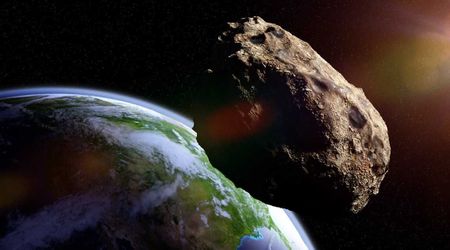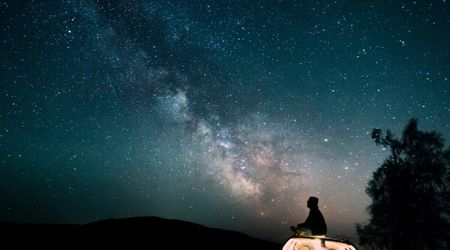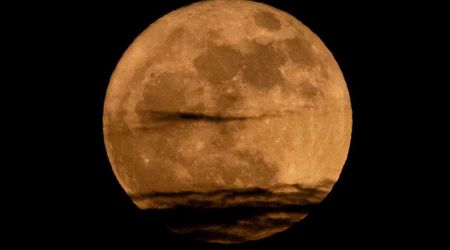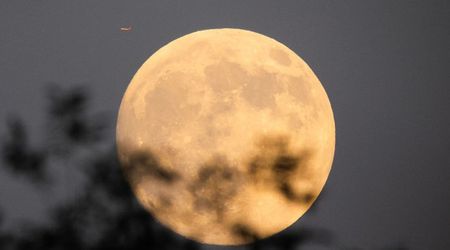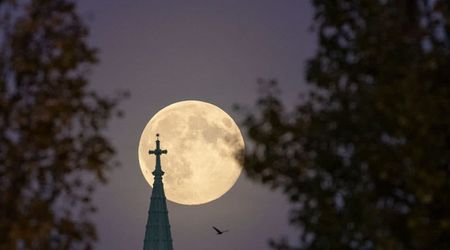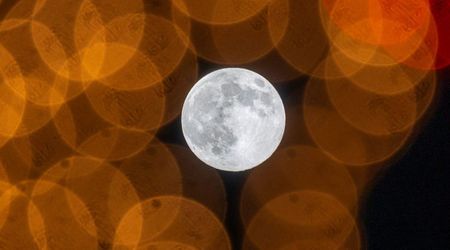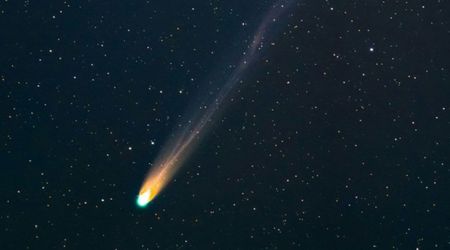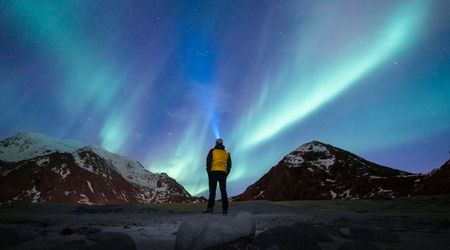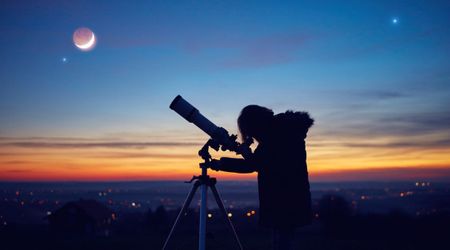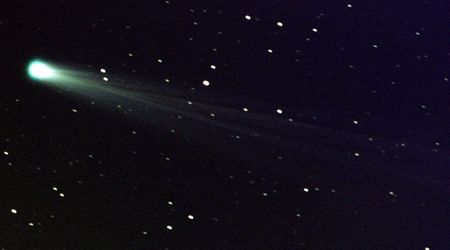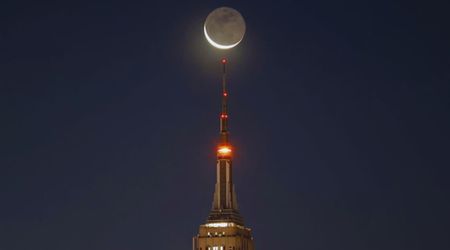In pics: January's 'Wolf Moon' as seen from New York City, England, Egypt, India and Mexico
The Wolf Moon is the first of three supermoons scheduled for 2026.
1 hour ago
Upcoming asteroid flyby: Near Earth Object 2025 YU6 to pass by our planet on January 11
The asteroid is currently located in the constellation of Lynx, at a distance of more than 1.9 million miles (3.2 million kilometers) from Earth.
3 hours ago
2026 key skywatching events: Blue Moon, total solar eclipse and more
2025 was a great year for skywatchers, but 2026 isn't going to disappoint either.
2 days ago
Track the moon in 2026 with NASA: Lunar phases and libration
NASA visualizations reveal how the Moon’s phases, tilt, and size will change through 2026.
2 days ago
Jupiter to reach opposition on January 10—how to see it when it's brightest and closest to Earth
Jupiter makes its closest approach on January 9, just 393 million miles away, shortly before reaching its opposition on January 10.
2 days ago
January's Supermoon is going to be special, thanks to a rare triple brightness boost
This event serves as the grand finale to a four-month Supermoon cycle that has been lighting up the skies since last October.
2 days ago
Moon phases 2026: When is the next full moon?
This weekend’s event is more than just a standard full moon; it is also a supermoon, appearing slightly larger and brighter than usual.
3 days ago
Winter stargazing made easy: Spot Perseus, Taurus and other constellations
January sky is perfect for stargazing despite the cold.
3 days ago
New Year's Day 2026: What is the Moon phase today?
The 2026 calendar year opens with a bright celestial display, featuring a Waxing Gibbous Moon that will.
4 days ago
2025 supermoons recap: 10 best images of the year's grand lunar events
A supermoon occurs when the moon’s orbit brings it near its closest point to Earth, making it appear much larger and brighter than usual.
5 days ago
How far away is comet C/2024 E1 (Wierzchos) from Earth on December 29?
The comet will make its closest pass to Earth in February, reaching a minimum distance of approximately 93 million miles.
6 days ago
Massive M-class solar flare may trigger auroras on January 1
On December 28, a dormant sunspot, identified as Sunspot 4317, unexpectedly erupted.
6 days ago
January 2026: Quadrantids meteor shower and more skywatching events to start the new year
January 2026 will dazzle skywatchers with meteors, a Wolf Moon, Jupiter at its brightest, and a planetary alignment.
7 days ago
Where is interstellar comet 3I/ATLAS now? Current position and visibility
The interstellar comet has already made its way past Earth and is on its journey towards interstellar space now.
Dec 26, 2025
Comet C/2024 E1 (Wierzchos) to make closest approach to Earth soon—latest coordinates and viewing tips
The night sky of 2026 welcomes comet C/2024 E1 (Wierzchos), which will be making its closest approach to Earth and the Sun.
Dec 26, 2025
Blood moon alert: Here's everything you need to know about next year's total lunar eclipse
The rare blood moon will be up in the sky for nearly 3 hours.
Dec 26, 2025
Christmas 2025: What is the Moon phase on December 25
A beautiful Waxing Crescent Moon is here to grace the skies on Christmas.
Dec 25, 2025
Quadrantid meteor shower 2025/26: When and how to watch
The Quadrantids are widely regarded as one of the best meteor showers of the year.
Dec 25, 2025
Arctic auroras could paint northern skies green this Christmas Eve as a solar storm approaches Earth
NOAA forecasters report that a solar eruption known as a CME may sweep past Earth on December 24.
Dec 24, 2025
3I/ATLAS: Where is the interstellar comet headed next after skimming past Earth?
On Friday, December 19, the comet made its closest pass to Earth, safely cruising by at a distance of approximately 167 million miles.
Dec 22, 2025

